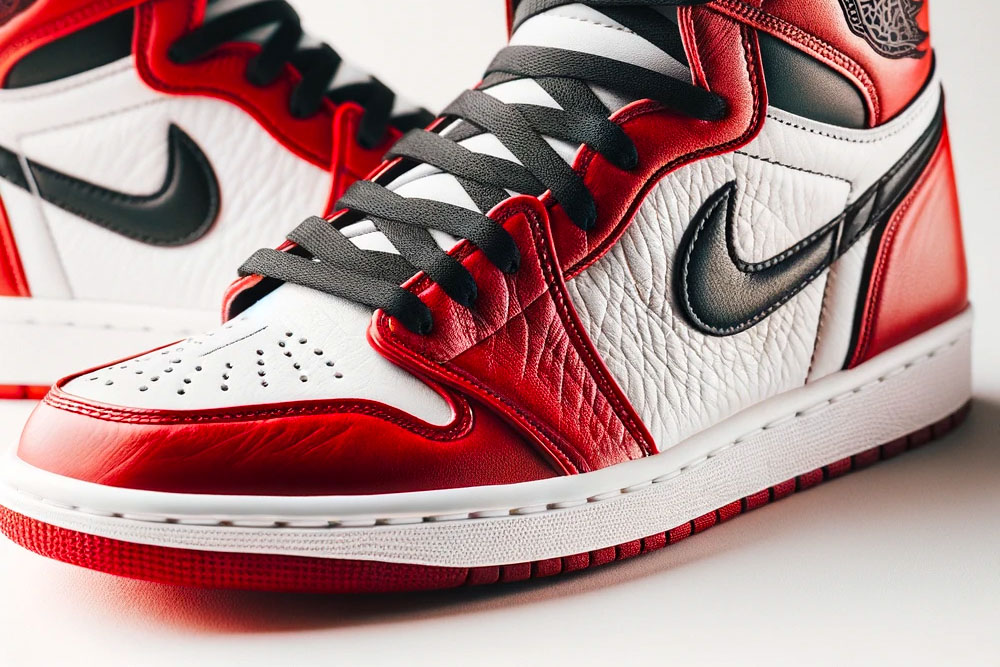In today’s age, when the world connects not just through words but through visuals and expressions, clothing emerges as a powerful language. It’s a dialogue between cultures, eras, and aspirations. Streetwear, a term now ubiquitously flaunted in boutiques and runways alike, stands testament to this dialogue. But behind its modern appeal lies a rich tapestry woven from threads of diverse subcultures, each punctuated with the bold strokes of graphic design. Before we delve into its evolution, let’s pause and ponder: What makes streetwear more than just an attire? Why is it, in essence, a chronicle of our streets?
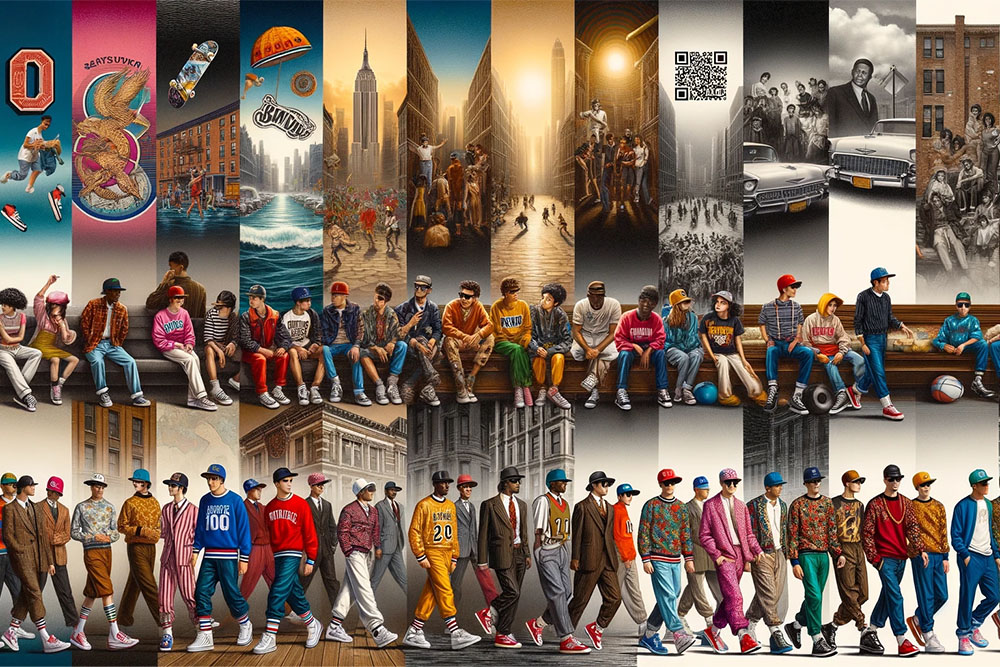
The Genesis of Streetwear: More than Just Clothing
Streetwear’s influence is unmistakable, with brands like BAPE, Palace, and Stüssy commanding our attention both offline and online. But its evolution is rooted not just in clothing, but in culture, expression, and notably, graphic design.
Streetwear’s Roots: A Fusion of Subcultures
Much like the iconic brands we’ve come to associate with today’s streetwear, the movement itself arose from a melting pot of subcultures. From the skate parks of California to the hip-hop streets of New York, it was more than apparel—it was a form of self-identification. Could you remember the underground punk scene? How about the graffiti that once labeled rebels but is now viewed as urban art? These were the seeds from which streetwear sprouted.
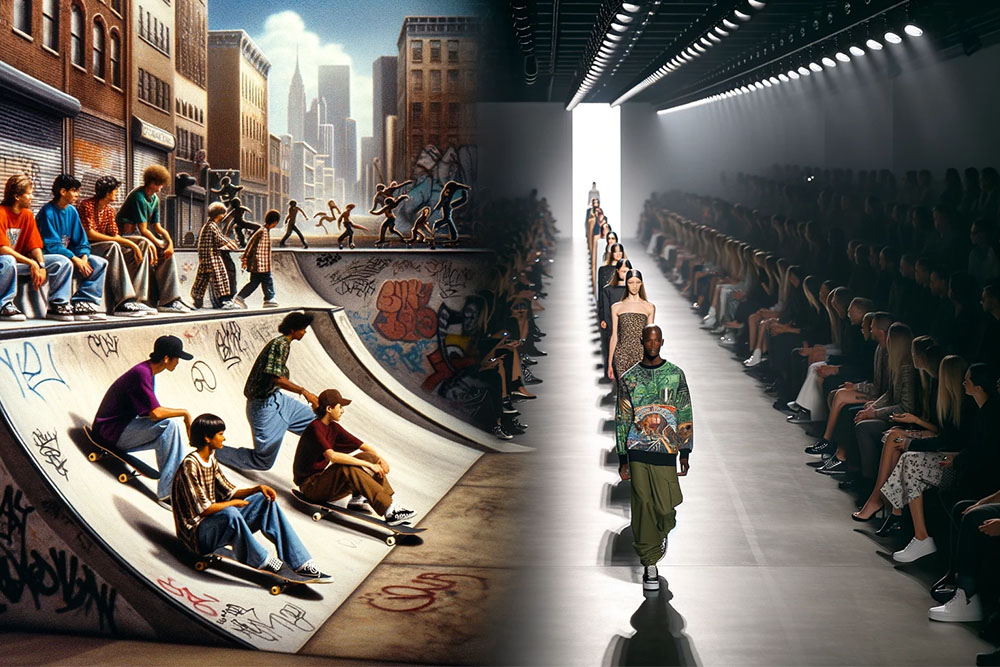
Graphic Design: The Unseen Hand Behind Streetwear’s Rise
It wasn’t just about a Supreme box logo or Off-White’s iconic quotation marks. It was the stories, emotions, and messages they encapsulated. Graphic design was the lens through which these subcultures expressed themselves. Brands like Stüssy intertwined their Californian surf roots with designs that echoed the sentiment of an entire generation.
From Subculture to Mainstream: The Shift and Its Implications
Here’s a query for reflection: How did a movement, deeply entrenched in subcultures, transition to mainstream fashion runways? Tesla did not merely become a car company; they redefined what electric could mean. Similarly, streetwear evolved. It was the amalgamation of its deep-rooted culture with the ever-evolving world of graphic design that propelled it into the limelight.
Designers started to realize that the blend of casual wear with potent graphics was not just a trend—it was the future. Luxury brands began collaborations, and soon, the lines between high fashion and streetwear blurred.
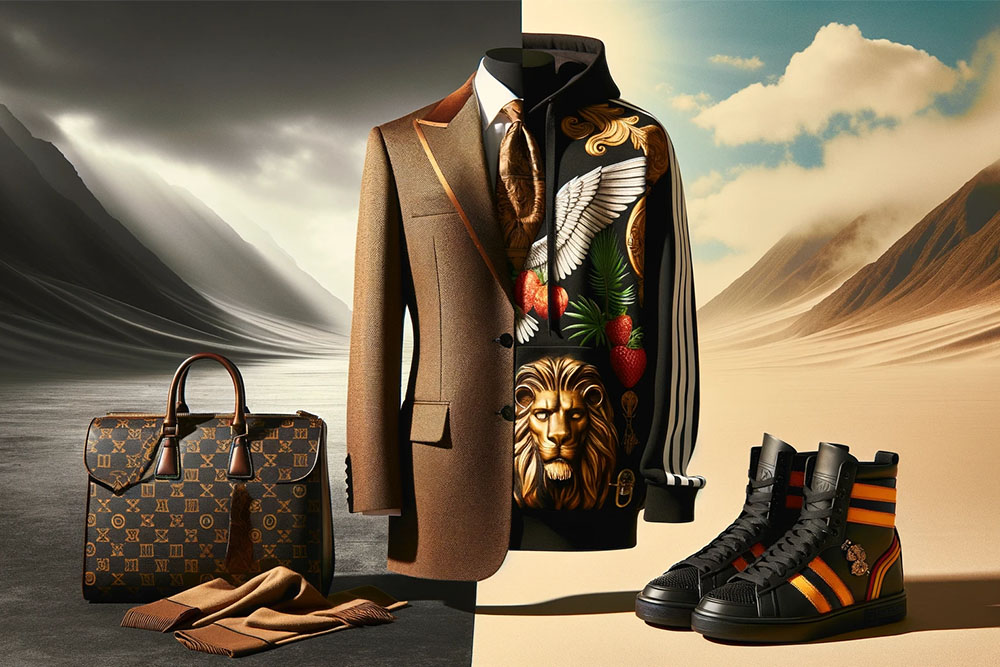
The Future: Streetwear’s Continuing Journey
Will we see Off-White venture into the realm of VR? Or perhaps Palace leading the charge in sustainable street fashion? While Yeezy’s eco-friendly sneakers hint at a green future, brands like A-COLD-WALL are already pushing the boundaries of design and functionality.
One can only wonder, what’s the next phase for streetwear? Will virtual reality become its new playground, or will sustainable fashion infuse fresh life into it? Only time will tell.
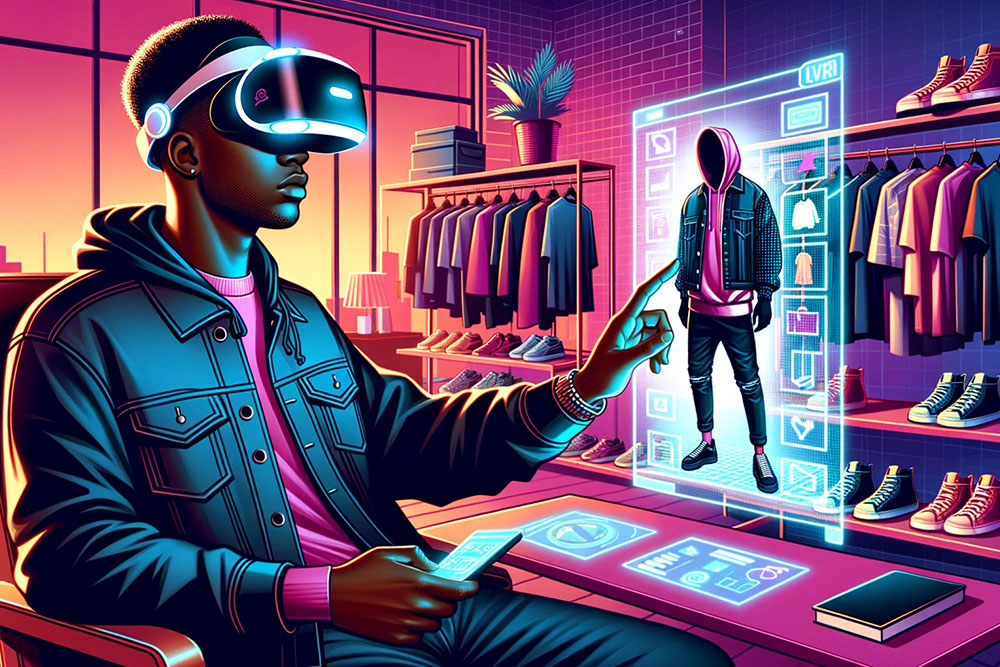
Concluding Thoughts: The Essence of Streetwear
To truly grasp streetwear is to understand its dance between culture and graphic design. It’s an emblem of expression, a canvas for artists, and a statement for its wearers. As you don the next graphic tee or sport those uniquely designed sneakers, remember—the story isn’t just in what you wear, but in what it represents.
